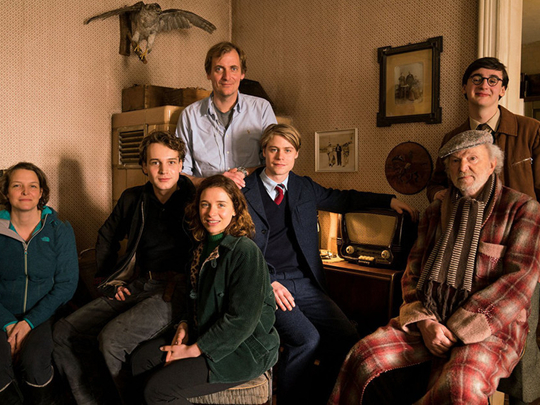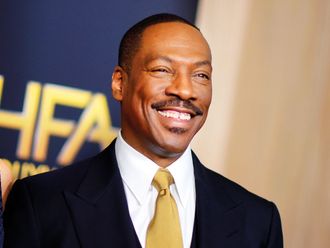
As Soviet tanks crushed an uprising in Hungary in 1956, a group of children in East Germany began their own protest, taking on a communist regime that would keep their country divided for three more decades.
The true story is told in The Silent Revolution (Das schweigende Klassenzimmer), one of the most talked about movies that premieres at the Berlin International Film Festival, a city that is now the capital of a unified, peaceful Germany.
With tightly controlled news media back home, two schoolboys from the East see footage of the 1956 Hungarian uprising — a key moment of Cold War history — while on a trip to the cinema in West Berlin.
They tell their classmates and after listening to western news on the radio together, they agree to hold a minute’s silence for those killed in the failed revolution. The entire class is ultimately expelled and most flee to the West in a bid for freedom and to put their academic careers back on track.
Dietrich Garstka, who wrote the book on which the movie is based, started school in 1945 — the year Adolf Hitler’s Nazi regime collapsed — so the communist East German system was all he knew.
He risked a lot by refusing to answer his history teacher’s questions during the minute’s silence, but, Garstka said: “Doing that protest was important to me, to show these scumbags that we think differently to them.” He and his classmates realised they would have no chance of making a life for themselves if branded enemies of the state, so they decided it was better to take the risk of fleeing.










